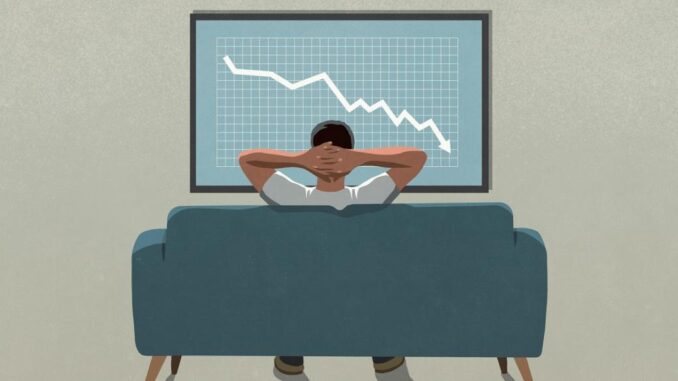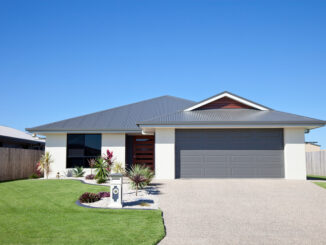
More signs are pointing to a housing slowdown as existing-home sales–completed transactions for single-family homes, townhomes, condos and co-ops–fell 5.9% month over month and 20% year over year, according to the National Association of REALTORS(R)’ latest housing report. “We’re witnessing a housing recession in terms of declining home sales and home building,” says NAR Chief Economist Lawrence Yun. “However, it’s not a recession in home prices. Inventory remains tight and prices continue to rise nationally, with nearly 40% of homes [on the market] still commanding the full list price.”
The median price for an existing home jumped 10.8% from a year ago, reaching $403,800. However, that’s down $10,000 from last month’s record high of $413,800, NAR reports.
July’s decrease in home sales, the sixth consecutive month of declines, likely was due to higher mortgage rates sidelining more buyers, Yun says. Homebuilders echoed that sentiment this week, reporting that new-home sales fell 10% annually in July and were at the lowest level since the onset of the COVID-19 pandemic in 2020. But home sales may soon stabilize, as mortgage rates have fallen from a 6% peak in early June to near 5%, “giving an additional boost of purchasing power to home buyers,” Yun notes.
The following are some additional key housing indicators from NAR’s July sales report:
Days on the market: Homes continue to sell swiftly at a median of 14 days, matching June’s record low.
Housing inventory: The inventory of unsold existing homes increased to 1.31 million, up 4.8% month over month and unchanged from a year ago. Unsold inventory is at a 3.3-month supply at the current sales pace.
First-time home buyers: First-time buyers accounted for 29%, down slightly from 30% a year earlier.
All-cash sales: All-cash sales comprised 24% of transactions, up from 23% a year ago. Individual investors and second-home buyers made up the largest share of cash sales, purchasing 14% of homes on the market.
Regional Breakdown
All four major regions of the country reported a drop in existing-home sales last month. The Western region of the U.S. posted the sharpest annual sales decline as well as the largest housing inventory increase. “It’s likely some Western markets will see prices decline, and that will be welcome news for buyers who watched rapid price jumps during the past two years,” Yun says.
Here’s a closer look at how existing-home sales fared across the country in July:
Northeast: Existing-home sales decreased to an annual rate of 620,000, down 7.5% month over month and 16.2% from a year ago. Median price: $444,000, an increase of 8.1% from the previous year.
Midwest: Sales fell 3.3% from the prior month to an annual rate of 1.19 million, dropping 14.4% from a year ago. Median price: $293,300, up 7% from the previous year.
South: Existing-home sales dropped 5.3% to an annual rate of 2.13 million, down 19.6% from one year ago. Median price: $365,200, an increase of 14.7% from the previous year.
West: Sales fell 9.4% month over month to an annual rate of 870,000, down 30.4% from a year ago. Median price: $614,900, an 8.1% jump year over year.



